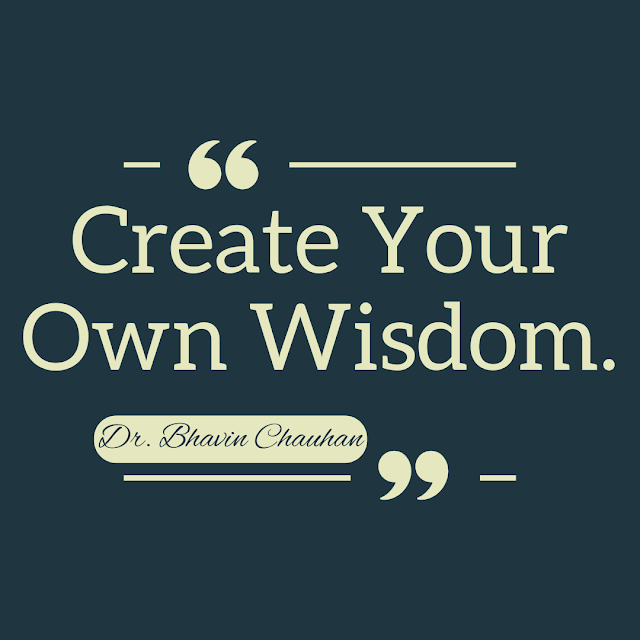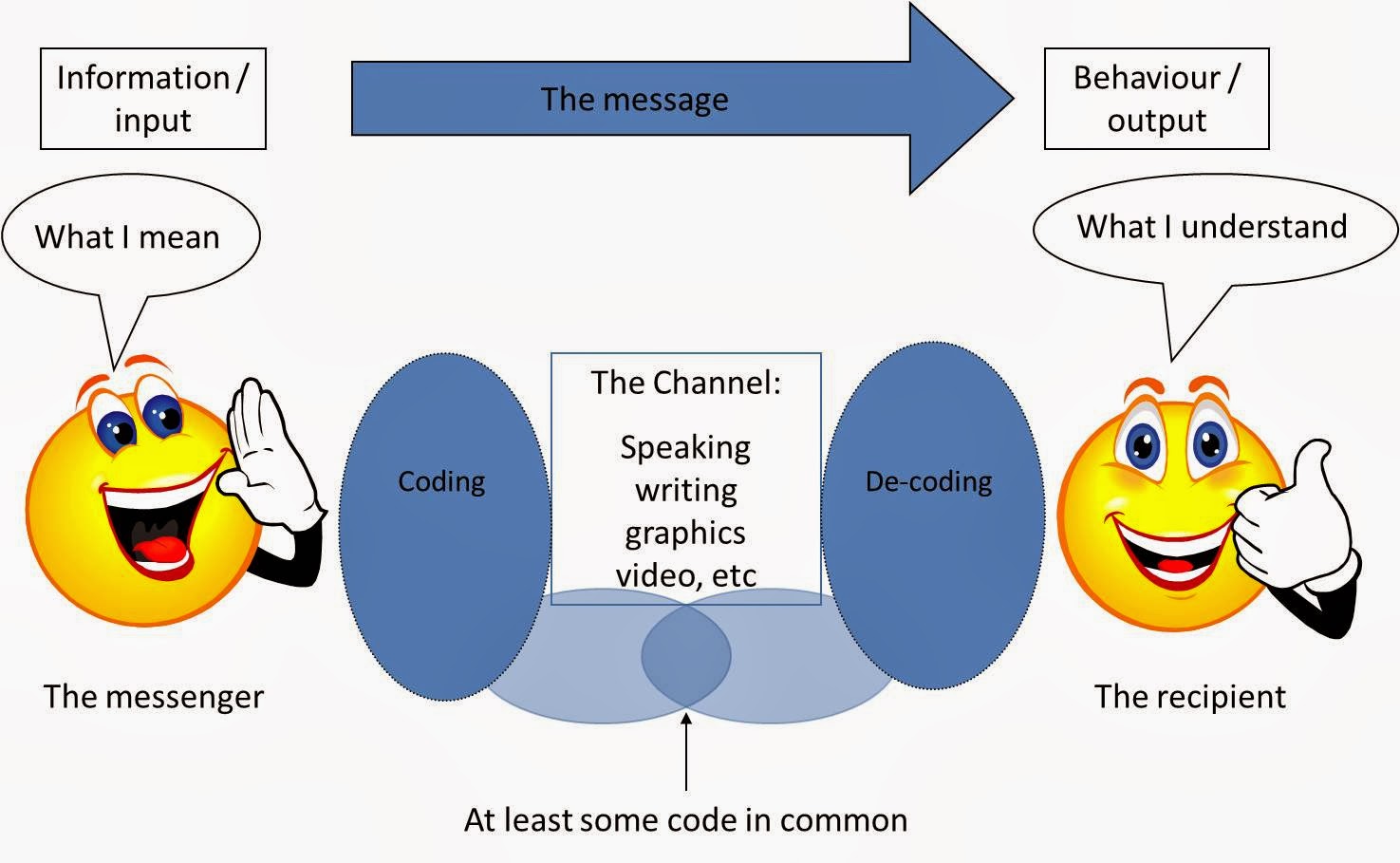Concept of Data, Information, Knowledge and Wisdom with their Interconnectedness
Understanding the difference between data, information, knowledge, and wisdom is crucial in the digital age, as each represents a different level of understanding and context.
- Data:
- Definition:
Data are raw facts and figures without context. They are the basic form
of information that has not yet been analyzed or processed.
- Example
1: A list of numbers like 35, 40, 45. Without context,
these are just data points.
- Example
2: A series of dates and temperatures, like "Jan 1 -
32°F, Jan 2 - 31°F."
- Information:
- Definition:
Information is data that has been given context and meaning. It is data
that has been processed and organized to be understandable and relevant.
- Example
1: The data points 35, 40, 45 are the ages of employees
in a department. This context turns the data into information.
- Example 2: The dates and temperatures represent the daily high temperatures for the first week of January. This helps understand weather patterns.
- Knowledge:
- Definition:
Knowledge is the application and interpretation of information. It is the
understanding and skills gained through experience or education.
- Example
1: Knowing that employees aged 35-45 typically have more
work experience and may require different management techniques is
knowledge derived from the information about employee ages.
- Example
2: Understanding that the recorded temperatures are lower
than the average for this time of year and predicting potential impacts
on local agriculture shows knowledge.
- Wisdom:
- Definition:
Wisdom is the ability to make sound judgments and decisions based on
knowledge. It is the deep understanding that comes from experience,
insight, and learning.
- Example
1: Wisdom is using the knowledge of employee age dynamics
to create effective team structures and professional development programs
to enhance productivity.
- Example
2: Wisdom is advising on or making decisions about crop planting and harvesting times, considering knowledge of unusual weather patterns to avoid losses from unexpected frosts.
In summary, data is raw and unprocessed, information is data
with context, knowledge is the understanding of that information, and wisdom is
the judicious application of that knowledge.
The interconnectedness among data, information, knowledge, and
wisdom is hierarchical and progressive, with each level building on the previous one. This relationship can be better understood through a
series of interconnected steps, each adding more context, understanding, and
value.
- From
Data to Information:
- Data
are raw, unprocessed facts and figures.
- When
context is applied to data, it becomes information. This context makes
the data meaningful and worthwhile.
- Example:
Consider temperature readings over a week (data): 70°F, 72°F, 68°F, 71°F,
69°F. These are just numbers until they are contextualized as
"average daily temperatures in New York City for the first week of
April." Now, these data points become meaningful information.
- From
Information to Knowledge:
- Information
is organized and structured data.
- Knowledge
arises when information is absorbed and understood. It's the synthesis of
multiple pieces of information over time, leading to a deeper
understanding.
- Example:
Knowing that the average temperature in New York City in April has risen
over the past decade (knowledge) is based on analyzing historical
temperature information (data organized into information).
- From
Knowledge to Wisdom:
- Knowledge
is a collection of understood information.
- Wisdom
is the application of that knowledge in a practical, judicious manner. It
involves critical thinking and the application of personal values and
experiences.
- Example:
Wisdom is using knowledge of rising temperatures to advocate for or implement policy or personal habits changes to mitigate climate
change. This could mean supporting green initiatives or altering personal
consumption habits.
The interconnectedness is clear in these examples: raw data (temperature readings) are meaningless on their own. When organized and contextualized (daily average temperatures in a specific location), they become information. Over time, as more information is gathered and understood (trends over the years), it becomes knowledge. Finally, applying this knowledge in practical decisions and actions, considering broader implications and personal values, is wisdom.
This progression from data to wisdom is crucial in many
fields, from business analytics to personal development, highlighting the
importance of not just collecting data but also understanding and wisely using
it.




Comments
Post a Comment